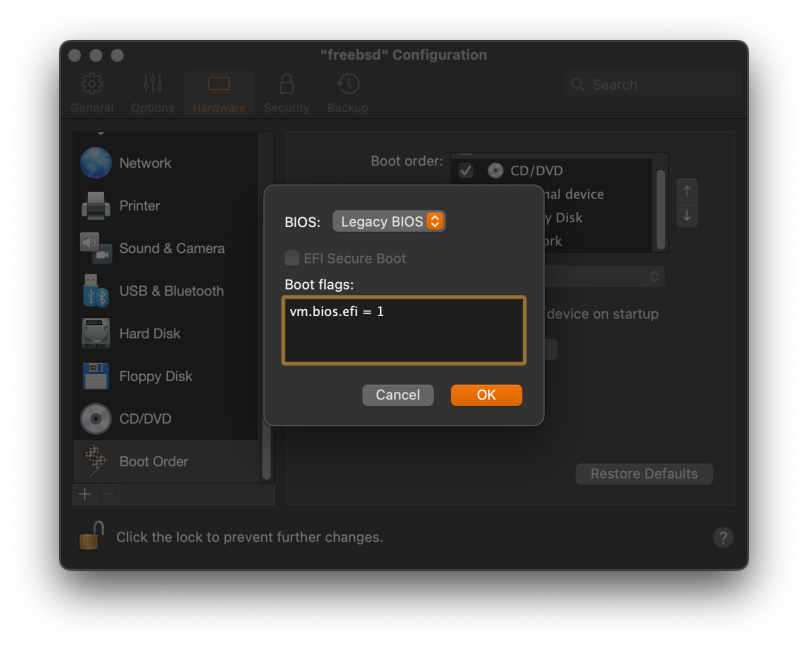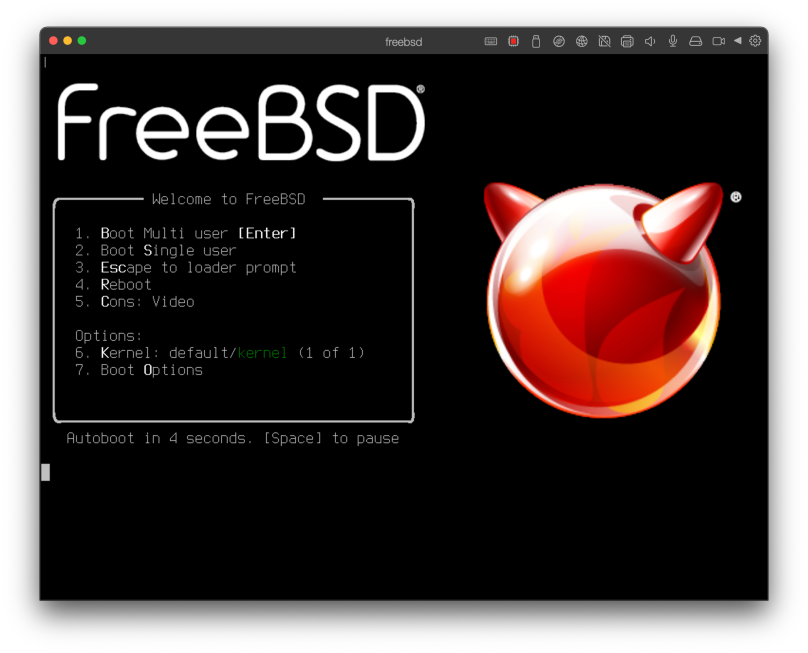I’m no fan of technology, especially technology hype. When I see it fail, I actually feel sorry for the regular working engineers who worked on it, because the shadow of that failure will follow them for some considerable time to come. They’re the ones who really understand the reasons for failure, and they’re also the ones who were emotionally invested in the eventual failure. Keep that up and you wind up burning out a lot of bright people.
So with that in mind, here’s my list of technical failures at this point in time that’ve caught my attention.
- Virtual Reality — With an emphasis on Meta’s Horizon Worlds. There’s a report in the Verge ( https://www.theverge.com/2022/10/6/23391895/meta-facebook-horizon-worlds-vr-social-network-too-buggy-leaked-memo ) where Meta’s app is so bad that the internal development teams won’t use it. This lack of use has gotten so bad that Meta’s VP of Metaverse (really???), Vishal Shah, has exhorted his developers to “fix our quality gaps and performance issues before we open up Horizon to more users.” Yeah. Like that’s really going to happen. Continue reading the Verge article and you’ll see that the situation keeps getting worse, with more memos coming from Shah exhorting the teams to use it more and to fix even more problems with the app.But Meta isn’t the only one with issues. The hardware itself is bulky and costly and doesn’t answer the fundamental question of why I’d want to wear headgear over my face for hours at a time. Companies have been making VR head gear for over a decade, and still I keep reading stories that VR is going to take off once the ideal piece of headgear is finally released. That won’t happen because a rather large majority of people don’t like having the real world cut off by putting the heads in a virtual bucket and turning on a virtual world. A sizable majority of the world is claustrophobic to some degree, and just fundamentally doesn’t like it. If VR and the metaverse are to live, then it will be with a small minority of rabid adopters, primarily white ADHD 20-to-30-year-old gamer males.
- Artificial Intelligence and Robots — We’ve been told repeatedly how AI and robots are coming for our jobs, with lurid statistics for how this is happening. Then we get an article about how it really isn’t happening, such as this article from the San Francisco Examiner ( https://www.sfexaminer.com/news/national/in-the-battle-with-robots-human-workers-are-winning/article_67d5226b-f173-5063-b3e9-e084f2605e8d.html ). The article shows how humans have been vastly underestimated and AI/robots grossly overestimated in their abilities. The best example of AI/robot overestimation are self-driving cars. DARPA ran its Grand Challenge to help stimulate “the development of autonomous vehicle technologies that could be applied to military requirements.” Stanford finally won on 8 October 2005, after failing in 2004. Granted this was for military uses, but it wasn’t long after this how we were supposed to apply this to civilian uses, i.e. self-driving cars. So here we are in October 2022 and while there’ve been many trials around the country, we as a nation are still Not There Yet. As an example of continuing self-driving issues, San Francisco is complaining rather loudly that GM’s Cruise vehicles are constantly blocking traffic in the downtown area ( https://www.thedrive.com/news/cruises-self-driving-cars-keep-blocking-traffic-in-san-francisco ). Either the cars stop dead in traffic at intersections, or gather as a swarm and block multiple lanes of traffic. Or take the example of much smaller robots, the little food delivery robots from companies such as Starship. Ars Technica ran an article ( https://arstechnica.com/cars/2022/10/the-robot-takeout-revolution-is-closer-than-you-think/ ) about the author ordering a donut to have it delivered, and then following the robot to see what happened. The delivery robot got lost and required human intervention. In spite of leading the article off with the failure, the author wrote glowingly of the future of food delivery robots, small and big. Which leads me to another complaint, the continuing positive reporting of these types of technology in spite of all the failures, and the far longer time it’s taking to reach maturity than was originally promised.
I could go on and on and on… I could talk about the failure of blockchain and its poster child, Bitcoin. Not just because of Bitcoin’s collapse in value, but the ability to hack the software and steal hundreds of millions of dollars worth of bitcoins (and other coins). Yeah, that technology is just dandy.
If there’s one lesson I’ve learned after a half-century of living a technological lifestyle, it’s to be forever vigilant and skeptical of all technical claims. Remember that everything you see is demonstrated in a closed, controlled environment. Life, on the other hand, is open and totally uncontrolled.



You must be logged in to post a comment.